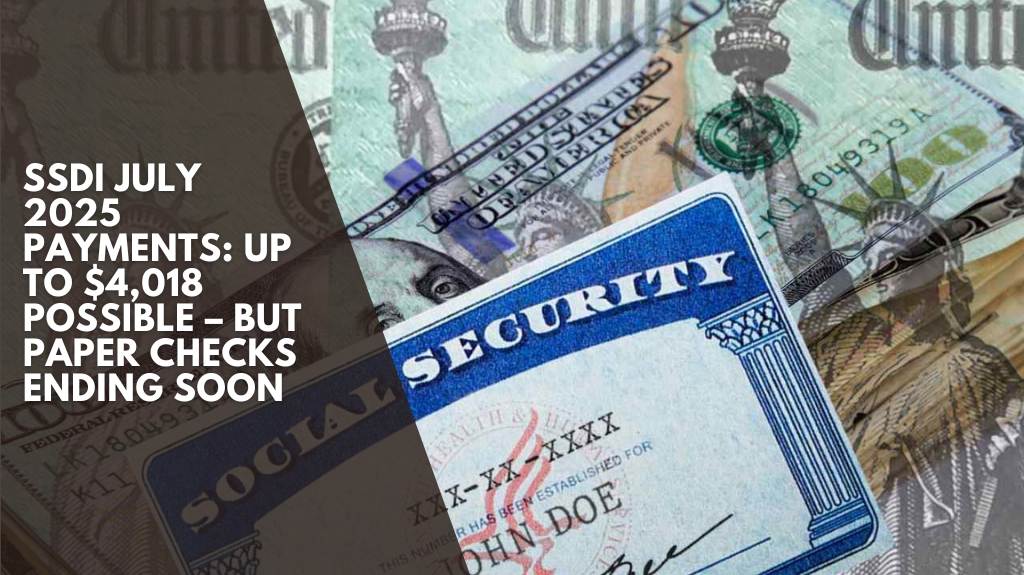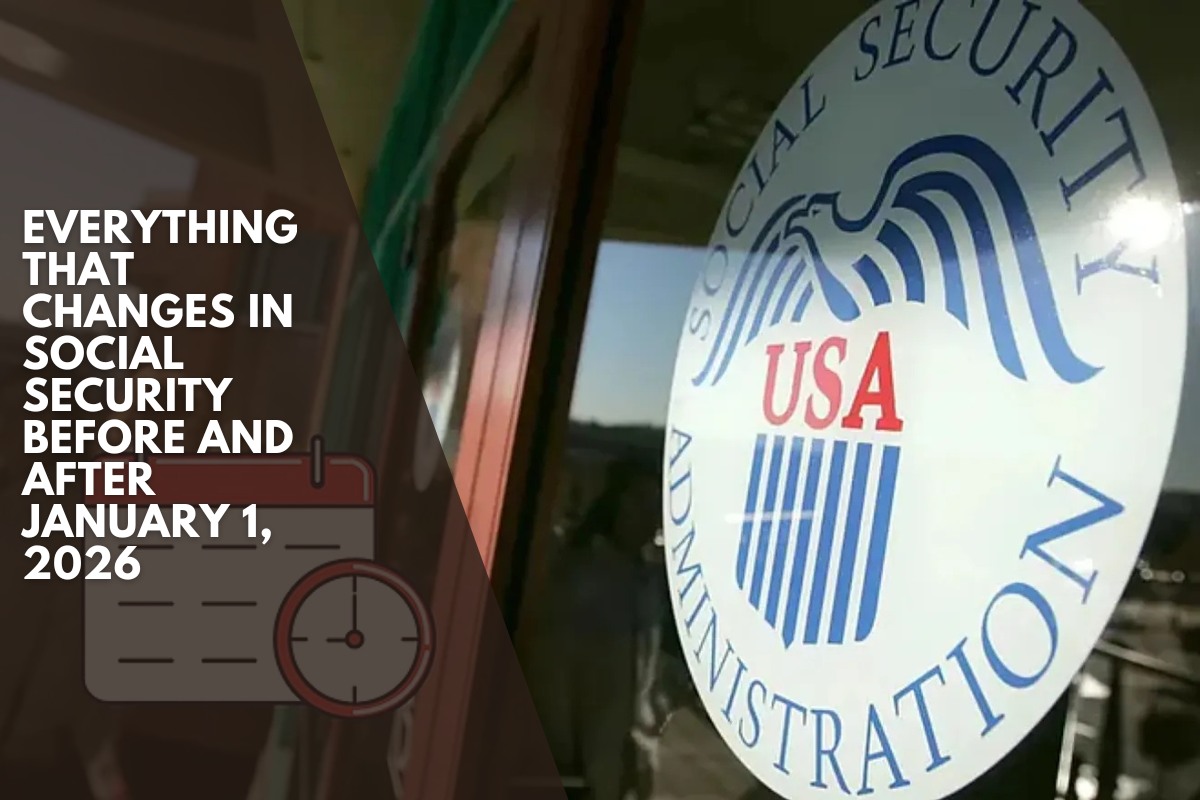This July, more than 5.6 million Americans receiving Social Security Disability Insurance (SSDI) are seeing their monthly payments as usual. For some, this can be as high as $4,018. But there’s also a major change ahead—paper checks will soon be gone forever.
If you or someone you know depends on SSDI and still receives physical checks, it’s time to act. Starting October 1, 2025, all payments will be electronic only. Let’s explain what’s happening, how much people are getting in July, and what steps to take before the deadline.
How Much Are SSDI Payments in July 2025?
The maximum SSDI payment for July 2025 is $4,018 per month. This top amount is only for people who had high-paying jobs for many years and reached full retirement age, which is 67 in 2025. For example, doctors, senior managers, or people with long careers may qualify.
But most people receive much less. The average SSDI payment is around $1,580 per month. Some families, where the person with a disability also has a spouse or children, can receive up to $2,826, depending on their situation.
SSDI July 2025 Payment Dates
SSDI payments follow a fixed schedule based on your birth date:
July 9, 2025 – for those born from the 1st to 10th of any month
July 16, 2025 – for those born from the 11th to 20th
July 23, 2025 – for those born from the 21st to 31st
Payments are sent through direct deposit or mailed checks—but checks will not be an option for much longer.
Who Qualifies for SSDI?
To receive SSDI, you need to meet two major requirements:
1. Work Credits
You must have earned 40 work credits, with at least 20 earned in the 10 years before your disability began. In 2025, for every $1,810 you earn through work, you get 1 credit. You can earn up to 4 credits per year, so you need at least $7,240 in yearly income to get the maximum credits.
For younger people, the SSA has special rules. For example, a 25-year-old could qualify with only 6 credits earned in the past 3 years.
2. Medical Condition
Your disability must be serious. It should either be listed in the SSA’s medical impairment list or make you unable to do any job. It should also last at least 12 months or lead to death.
Income limits also matter. You can’t earn more than $1,620/month (if not blind) or $2,700/month (if legally blind) from work. Earning more than this may disqualify you from getting SSDI.
Say Goodbye to Paper Checks After September 2025
One of the biggest changes is about how payments are received. Starting October 1, 2025, the government will no longer send SSDI or other federal benefits through paper checks.
This decision is part of a modernization plan announced in March 2025. The government wants all benefits to go through electronic payments. This includes:
Direct deposit to a bank account
Direct Express debit card for people without a bank account
Digital wallets that work with SSA-approved systems
If you still receive checks, you must switch to an electronic method before September 30, 2025. If you don’t, your payment may be delayed or stopped.
SSDI is a vital source of income for millions of Americans with disabilities. While the maximum monthly payment is $4,018, most people receive around $1,580. The most important update for 2025 is that paper checks will soon end. If you or a loved one receives SSDI and still gets a paper check, take action now and switch to electronic payments before it’s too late.












